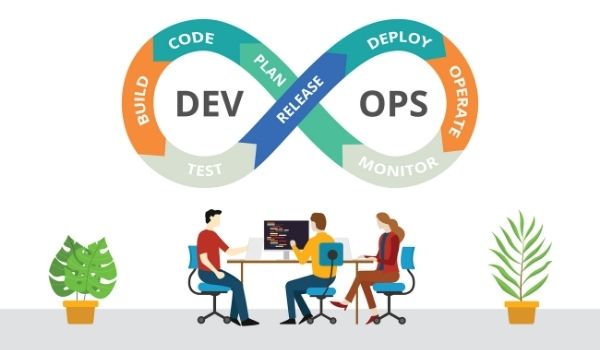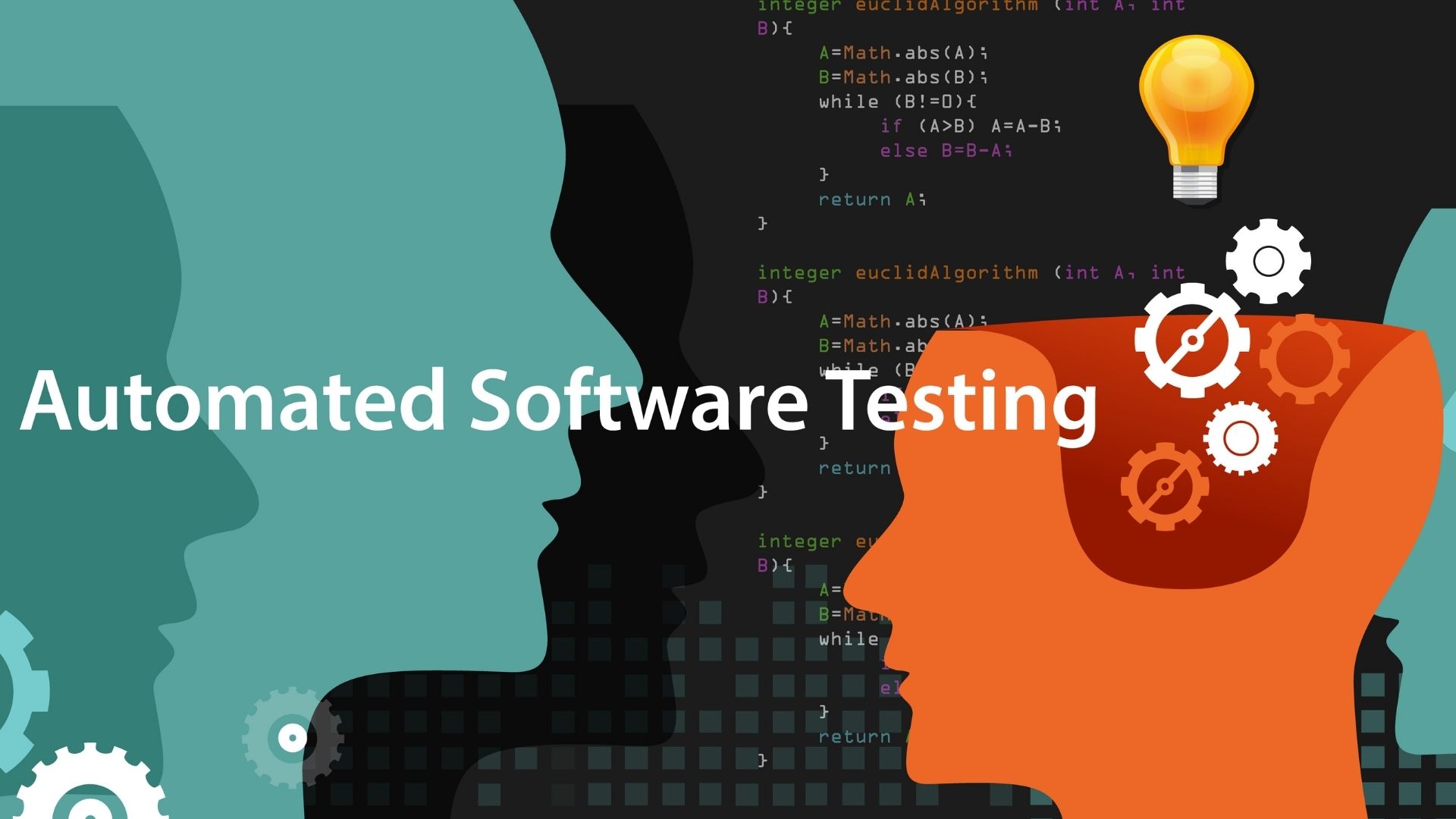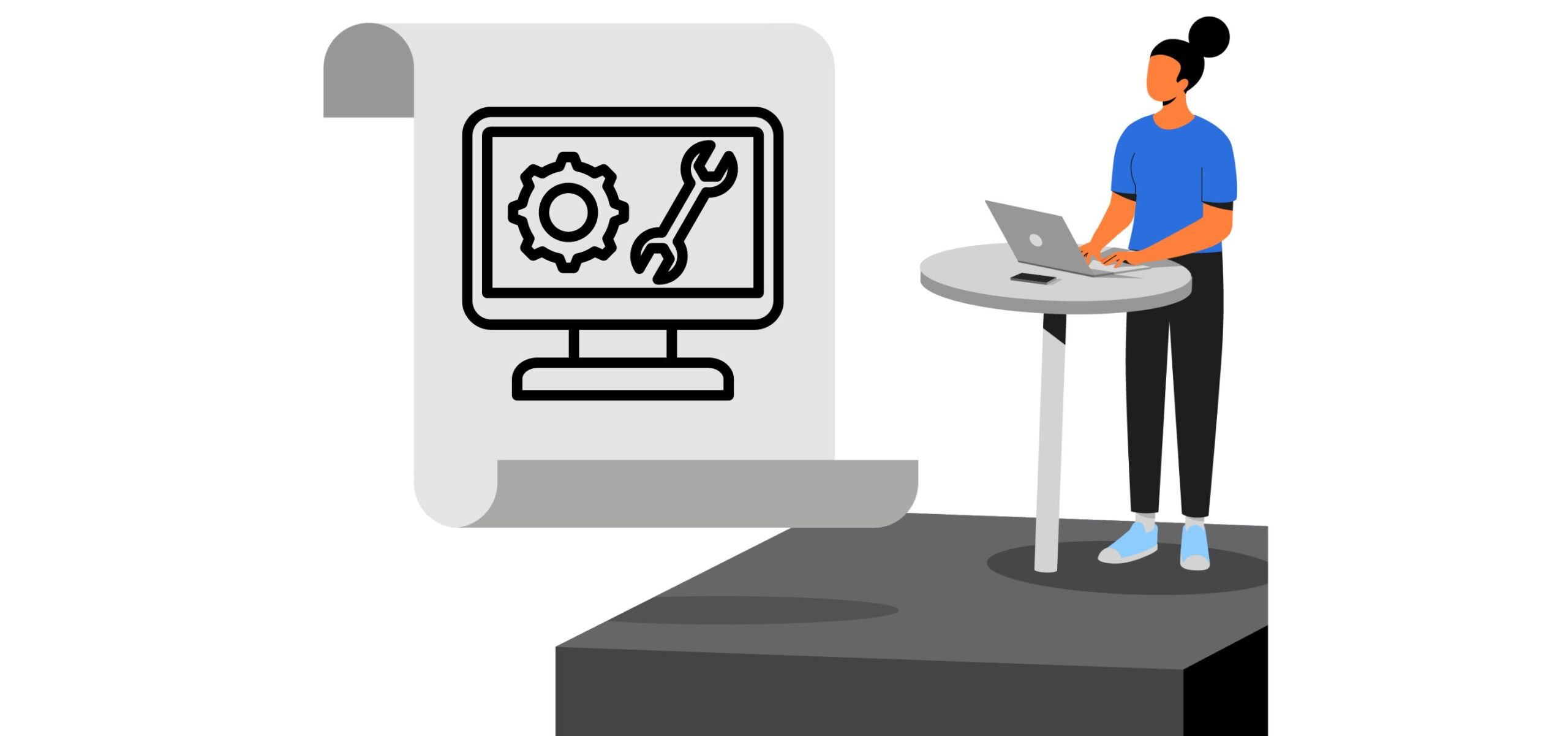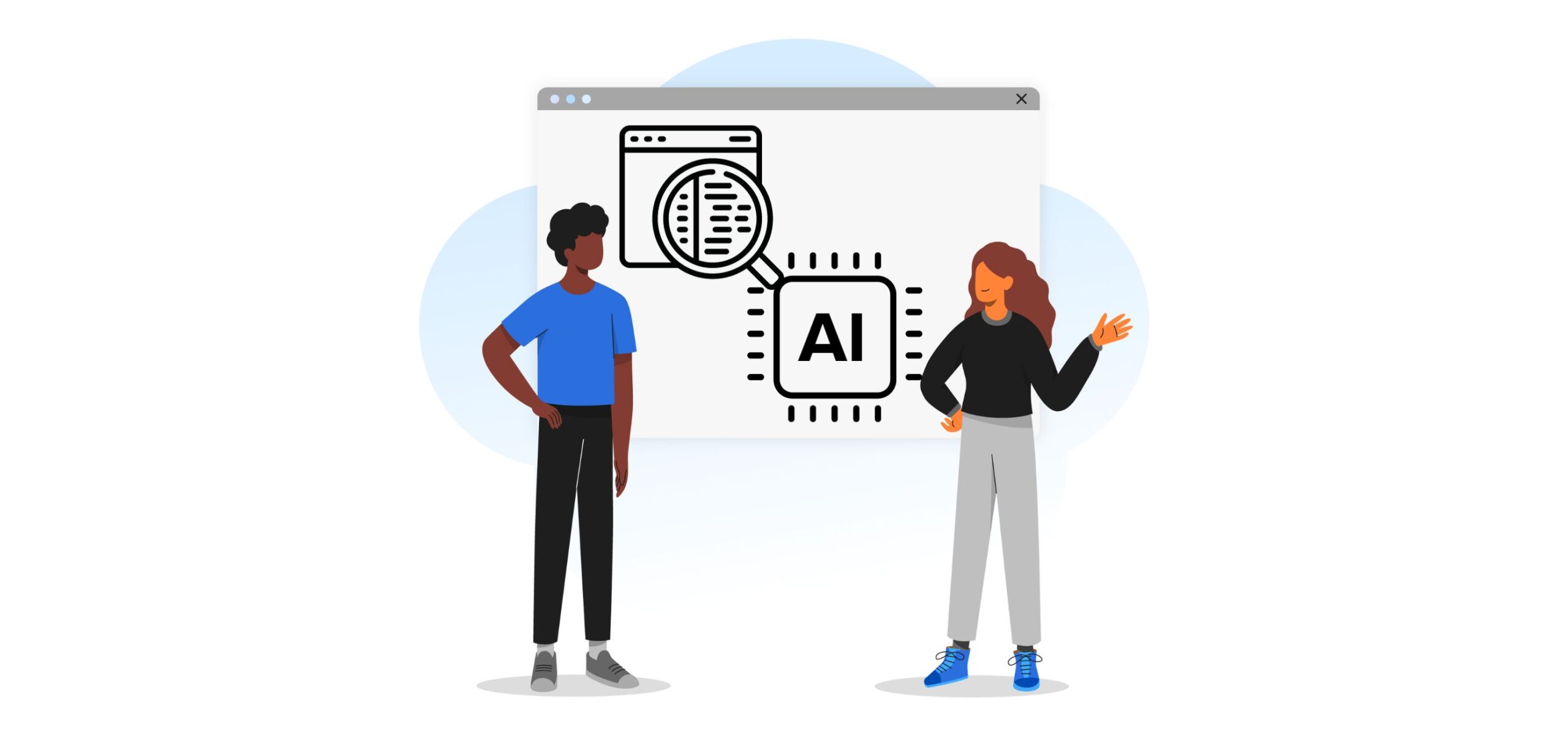The Top Eight Automation Testing Trends to Lookout for in 2024
Unlike in the past, software testing is not just about identifying and troubleshooting application errors. Earlier, the goal of such testing was to ensure high performance and quality in the shipped products. Nowadays, companies need to optimize their time-to-market metrics, automate manual tasks, maximize resource utilization, and scale their team’s productivity to deliver an exceptional user experience. Automation testing helps companies achieve their business goals by speeding up the product delivery process while maintaining quality.
With rapid advancements in modern technologies such as IoT, Artificial Intelligence, Machine Learning, etc., the demand for automation testing is at an all-time high.
According to MarketsandMarkets, “The Automation testing market size is expected to grow to USD 49.9 billion by 2026, at a Compound Annual Growth Rate (CAGR) of 19.2% during the forecast period.”
This post will discuss the top eight automation testing trends for 2024.
Let’s get started!
-
Hyperautomation testing
One of the top trends in the automation testing market, hyperautomation, combines the power of Artificial Intelligence, Machine Learning, and automation technologies. It augments human capabilities and offers flexible, scalable, and faster product development.
QA teams can now deploy digital testers (supported by various test pipelines) to reduce human intervention and automate the entire testing process. In addition, companies can leverage advanced technologies such as Business Process Management (BPM), Robotic Process Automation (RPA), AI, and ML to achieve their business goals. -
Cloud-based cross-browser testing
Gone are the days when developers wrote different codes for different devices and browsers. With advancements in technology supporting cross-platform development, automating the testing processes across multiple browsers and testing environments has become crucial.
Companies nowadays adopt cloud-based cross-browser testing methods to reduce testing infrastructure costs and enhance scalability. This process enables QA teams to test their web apps seamlessly across various device-OS-browser combinations and deliver high-quality products. -
Non-functional testing
Customer satisfaction is one of the crucial metrics to measure a software product’s success. Therefore, it becomes critical to perform non-functional testing to increase the efficiency and usability of the product and reduce production risks and costs. Some of the main categories of non-functional testing are:-
Accessibility testing
-
Security testing
-
Performance testing
-
Infrastructure testing
-
Stress testing
-
Load testing
-
Disaster recovery testing
-
-
Automated regression testing
Automated regression testing ensures that recent code modifications do not break the existing functionalities and provide a safety net to find regression bugs. This feature saves time and helps deliver efficient solutions with enhanced scalability and speed.
ROI and effective bug detection are the key advantages of automated regression testing. Automated regression testing tools include Selenium, TimeShiftX, IBM Rational Functional Tester, SilkTest, TestComplete, Ranorex, etc. -
API testing
It is common to use third-party libraries and APIs while developing web applications and software solutions. However, with thousands of applications using the same API, testers and developers must test these APIs thoroughly to ensure the error-free performance of applications.
Automating the API testing process helps QA teams quickly identify and troubleshoot bugs. It also allows seamless integration with third-party API services. -
DevTestOps
DevTestOps is the latest trend in the software testing domain and will continue to trend in 2024. While DevOps helps organizations deploy system changes efficiently and quickly, DevTestOps enhances deployment quality through continuous and automated testing.
Trends in automation testing: DevTestOps
QA teams can use CI/CD pipelines with AI to boost the automated testing and product delivery processes.
The main advantage of DevTestOps is the identification of bugs before the final release of the software, which improves the customer experience. -
Codeless automation
Codeless automation is the next big thing in the world of automated testing. Testers can now save a lot of time by automating the process of writing and running test scripts.
According to Future Marketing Insights, “The demand for codeless testing will rise at 15.5% CAGR between 2021 and 2031.”
Codeless automated testing eliminates the need to write thousands of code lines, regardless of the application’s type and size. This feature maximizes testing efficiency, reliability, and stability across the SDLC process. Selenium is one of the most popular testing tools that offer codeless automation, allowing developers to focus more on building innovative products. -
Mobile automation testing
With the ever-increasing usage of mobile devices and the internet, mobile automation testing will continue to be a top automated testing trend in 2024.
According to Market Research Future (MRFR), “The global mobile application testing services market is expected to reach a market value of USD 13585.73 Million by 2026, growing at a CAGR of 20.3%.”
By automating mobile application testing, QA teams can improve regression test cases, boost testing productivity, reduce product delivery time, and ensure higher customer satisfaction.
Here is a list of the top eight automation testing tools to use in 2024:
-
Selenium
-
IBM Rational Functional Tester (RFT)
-
TestComplete
-
Katalon Studio
-
Appium
-
Cucumber
-
SoapUI
-
WorkSoft
Wrapping up
Automation testing helps organizations significantly reduce product delivery time and accelerate progress. It also assists development and testing teams to improve software quality by providing comprehensive error reports.
Large-scale enterprises and fast-growing start-ups can leverage automation testing services to ensure the smooth functioning of their business operations, reduce operational costs, and improve customer experience.
Undoubtedly, automation testing is the future of software testing. Adopting the latest trends will prove to be an effective strategy for businesses to gain a competitive edge in the industry.
Turing is a data-science-driven deep jobs platform helping companies spin up their engineering teams in the cloud at the push of a button. Turing’s Intelligent Talent Cloud uses AI to source, vet, match, and manage over a million developers worldwide. With Turing, companies can hire pre-vetted, Silicon Valley-caliber remote software talent across 100+ skills in 3-5 days.
Tell us the skills you need and we'll find the best developer for you in days, not weeks.












